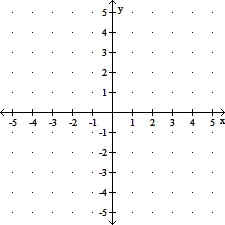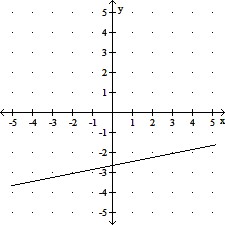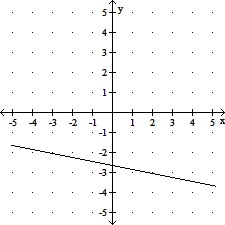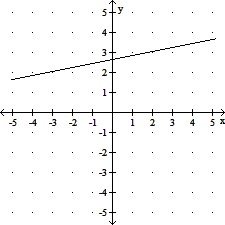An objective function and a system of linear inequalities representing constraints are given. Graph the system of inequalities representing the constraints. Find the value of the objective function at each corner of the graphed region. Use these values to determine the maximum value of the objective function and the values of x and y for which the maximum occurs.Objective Function z = 3x + 5yConstraints x ? 0 y ? 0 2x + y ? 15 x - 3y ? -3
A. Maximum 22.5; at (7.5, 0)
B. Maximum 33; at (6, 3)
C. Maximum 75; at (0, 15)
D. Maximum 38; at (6, 4)
Answer: B
Mathematics
You might also like to view...
Find the point(s) at which the given function equals its average value on the given interval.f(x) = 4 - x2; [-3, 6]
A. ±2
B. ±3
C. ±
D. 
Mathematics
Solve the quadratic equation by factoring.3x(x + 3) = (2x + 2)(x + 3)
A. {-2} B. {-3, 2} C. {3, -2} D. {2}
Mathematics
Make a numerical representation (table) of f for x = -2, -1, . . . , 2 then graph the function. Round table values to the nearest hundredth when necessary.f(x) =  x -
x - 


A. 

B. 

C. 

D. 

Mathematics
Find the axis of symmetry of the given function.f(x) = -2x2 + 11x + 2
A. x = - 
B. x = 
C. x = 
D. x = - 
Mathematics